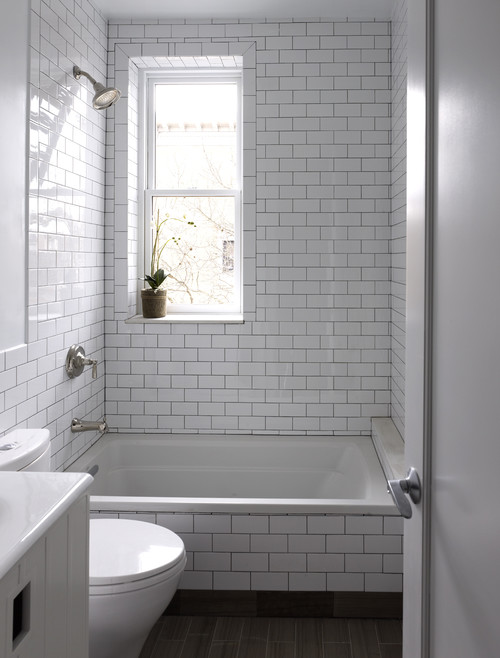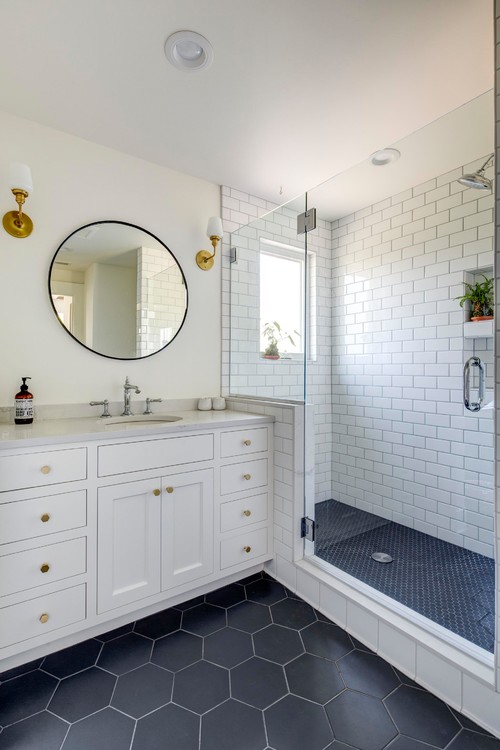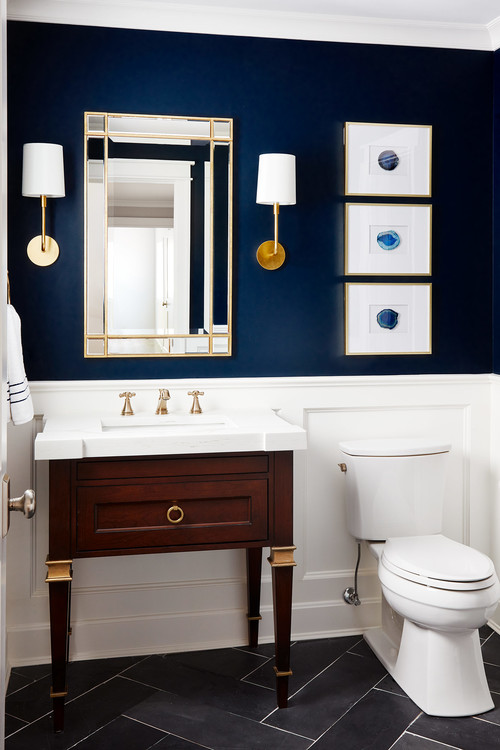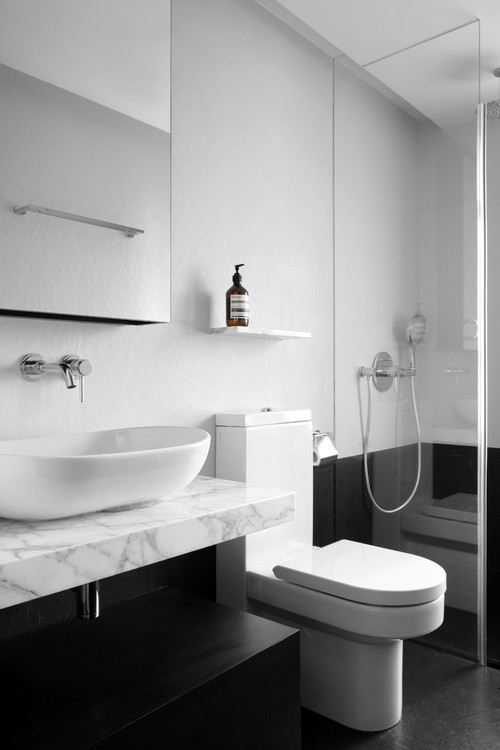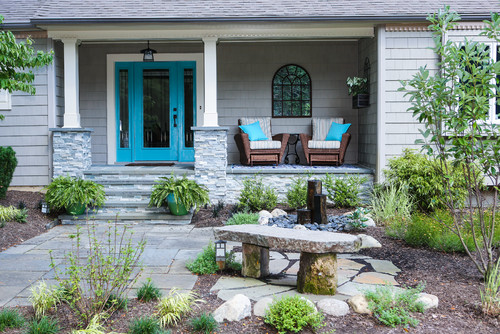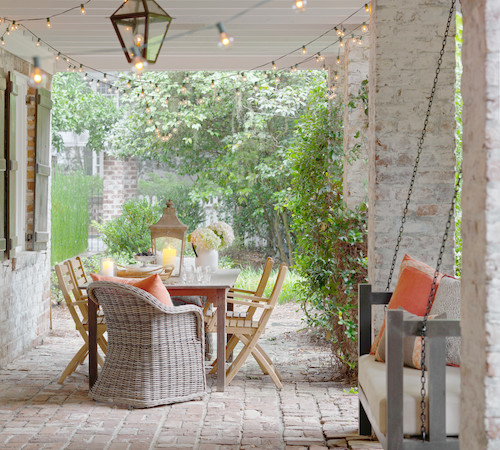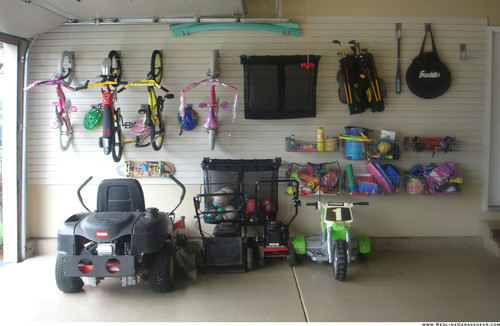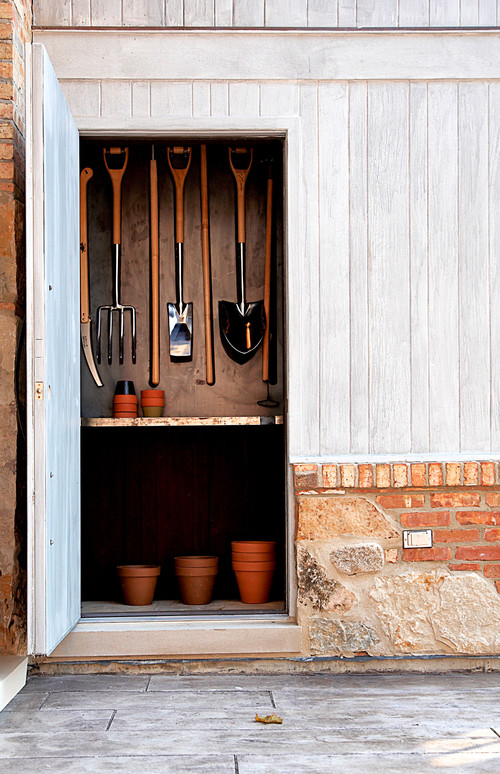Lessons from the field that will save you time, money, and stress along your co-buying journey.
Most co-buyers are excited about the adventure of buying and owning a home together. At some point, many feel overwhelmed. This is normal. Buying a home is complicated, full stop. Compared to a married couple or a singleton, co-buyers have more research and planning to do. In fact, co-buyers face greater complexity across every aspect of their purchase and homeownership.
Here’s where many co-buyers who come to us say they’re having difficulties:
- Navigating the process
- Finding the right professionals
- Managing market competition
- Setting up co-ownership
While the preferences, circumstances, and goals vary from one situation to the next, there are common patterns and friction points.
In this post, we’ll look at how these obstacles hold co-buyers back. Understanding where things get tricky makes it easier to navigate around roadblocks.
⛔ Mistake #1: Searching for homes before getting approved for a mortgage
It may sound obvious. Still, nearly half of buyers start the home search before sorting out financing. This approach to home shopping is inefficient and ineffective.
First off, it’s shopping without a budget. According to a recent HarrisX survey, nearly 70% of first-time buyers misunderstood their budget.
Second, it generally results in disappointment. In competitive west coast markets, the most desirable homes are currently on the market for less than 14 days. Say you do find the perfect home online. By the time you and your co-buyer(s) have:
- worked through the important details of your joint purchase
- agreed on key elements of co-ownership
- secured financing
…there’s a good chance the home has already sold.
The costs of this approach can mount quickly, particularly in an environment where home prices are rising.
Pro tip
Get pre-approved for a mortgage before you start searching for homes and fall in love with the perfect home. Once you get pre-approved for a maximum dollar amount, decide what you’re willing to spend. This is your “budget.” Remember, your budget may differ from the amount you’re pre-approved to borrow.
⛔ Mistake #2: Not getting clear about participation and contributions
It’s essential to get clear on who will be involved, how each party will participate, and what each party is bringing to the table.
→ Who will be an owner?
→ Who will be an occupant?
→ How much is each party contributing in cash up front?
→ How much will each party contribute to total monthly housing expenses?
→ What is each party’s credit situation?
These are just a few of the decisions that need to be ironed out—the earlier, the better. What you decide will impact every aspect of the purchase process and co-ownership. For starters, mortgage pre-approval will require clarity on these issues.
Pro tip
Sometimes a CoBuy group includes a participant who will not be listed on the mortgage, will not be a co-owner, or both. This can be due to their credit score, financial situation, or other factors. If a participant is effectively a renter, you want to identify this early to avoid unnecessary complications during the co-buying process.
⛔ Mistake #3: Sticking to unrealistic expectations
It’s human to want more than we can afford, particularly when it comes to our home. A recent nationwide survey of first-time homebuyers found that 40% had to compromise on budget, features, amenities, or location. In competitive metros—where home prices are two to four times higher than the national average—most buyers have to compromise to get an offer accepted.
Managing expectations against reality is tough(er) for co-buyers. When compromise is required to successfully purchase a home, everyone must agree on what’s acceptable and what isn’t. Co-buyers may or may not have the flexibility or appetite to increase their budget, widen the geographic search area, or give up certain features. The list goes on. Ultimately, you need to weigh the desire to become a homeowner with the concessions required to get there.
Pro tip
If you’re co-buying a home in a competitive market, you may want to target homes that are listed for sale at 75-80% of your budget. We’re seeing the most desirable properties in competitive west coast markets being bid up during the offer process. This approach provides headroom in such situations.
⛔ Mistake #4: Selecting the wrong professionals
If you’re not a soccer fan, you’d probably struggle to put together a U.S. Olympic soccer team that could take home gold. Selecting the best professionals for your joint home purchase isn’t so different. Co-buyers depend on guidance from a range of pros who have the right skills, experience, and approach. There’s a vast spectrum of talent and different types of expertise. To achieve a successful outcome, the players have to work together.
It’s understandable why co-buyers struggle to select the right professionals in the wild. A typical home purchase involves 11 or more parties. Finding the right real estate agent, lender, attorney, and others—all with relevant experience in co-buying and co-ownership—would be a tall order. But having the right professional guidance is critical to a smooth purchase and the success of your co-ownership arrangement.
Pro tip
Think of co-buying a home (and co-ownership) as more of an investment decision than buying a car. A good salesperson doesn’t necessarily make the best consultant for co-ownership, nor does a friend.
Look for pros who are…
- Specialized in co-buying/co-ownership
- Consultative vs. transactional
- Available (i.e. have bandwidth)
- Strong communicators
- Team players
⛔ Mistake #5: Starting the journey without a roadmap (DIY approach)
Co-buying involves a multitude of moving parts before, during, and after the purchase. The decisions on any given issue—the target home, financial considerations, structuring co-ownership, day-to-day running of the home, etc.—have implications for other aspects of the co-buying journey.
Without a roadmap, navigating the co-buying process and decision points is (at best) inefficient. More unsavory outcomes include: not being ready in time to submit an offer, making multiple offers without success, the purchase falling through during closing, incurring unanticipated costs, incurring financial loss after the purchase, and experiencing disagreements during co-ownership.
“If you invest the time earlier to create structure and process around communication, planning, and goal setting, you can prevent missteps before they occur.”
-Christine Tsai
Pro tip
DIY and co-ownership don’t mix well. You can minimize the risk of unwanted complications and consequences with the right info and a structured approach. Adopting a structure from the beginning of your co-buying journey is efficient and effective. You’ll save time, save money, save stress, and set the stage for successful co-ownership.
⛔ Mistake #6: Forgetting to plan your exit strategy
It’s said that there are two certainties in life: death and taxes. One way or another, the co-ownership period will eventually conclude through sale, buyout, or transfer of ownership. What an exit looks like depends on how co-ownership is structured.
When a married couple owns a home and divorces, the process of dissolving jointly held assets is defined. Still, 71% of divorcees wish they had more guidance splitting assets (Fidelity 2019). Co-owners who are not married to one another do not benefit from established legal frameworks or structures. Even amicable conclusions to co-ownership can have unintended consequences and costs in the absence of a defined exit strategy.
For this and other articles, please visit CoBuy Blog







